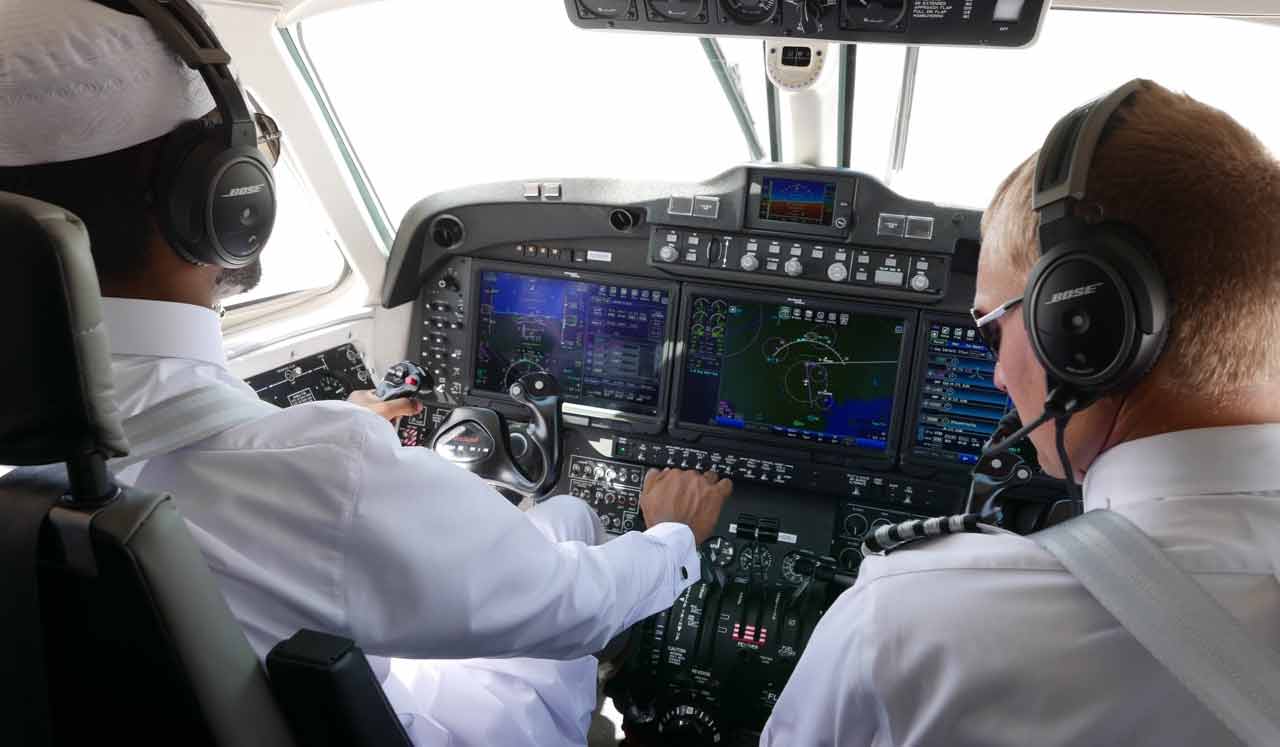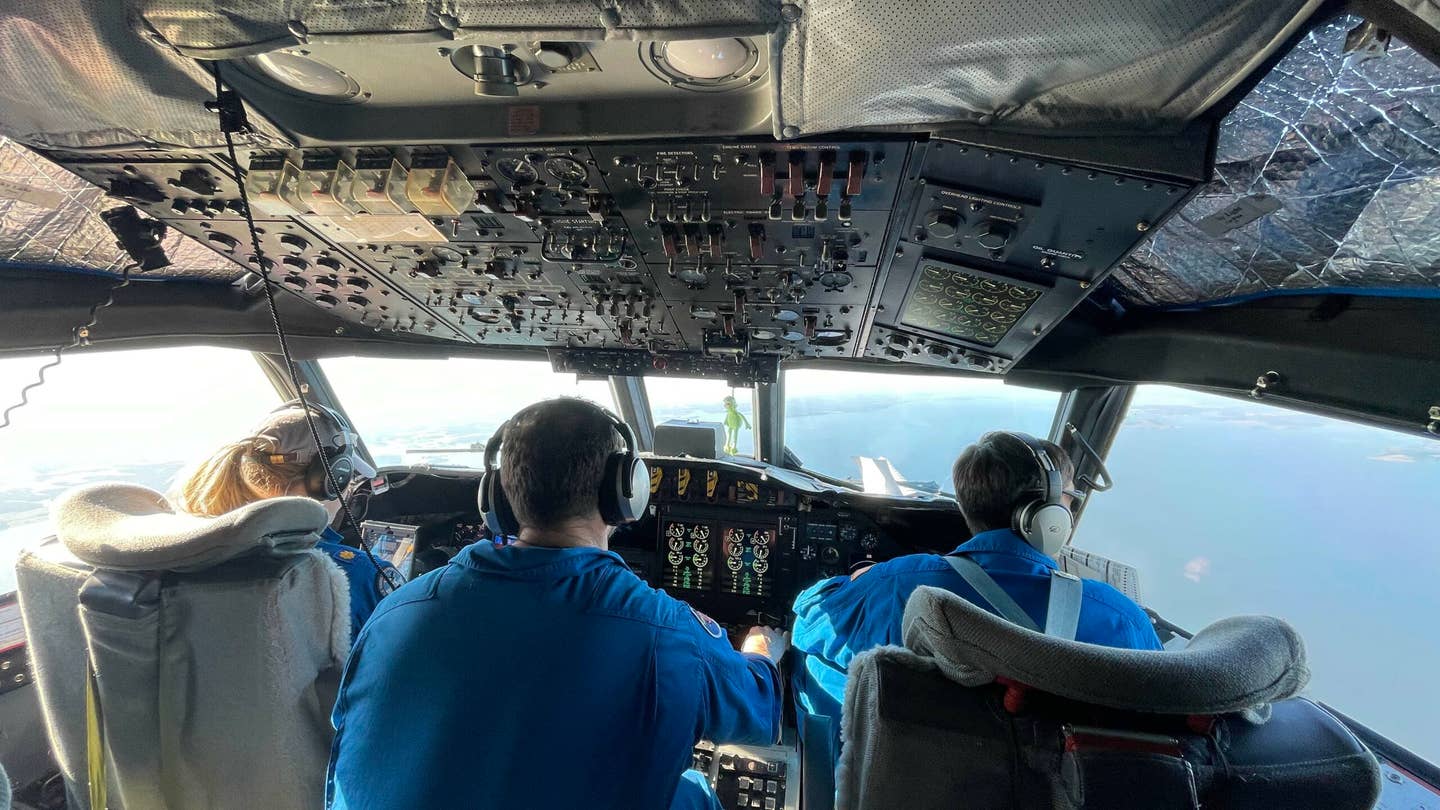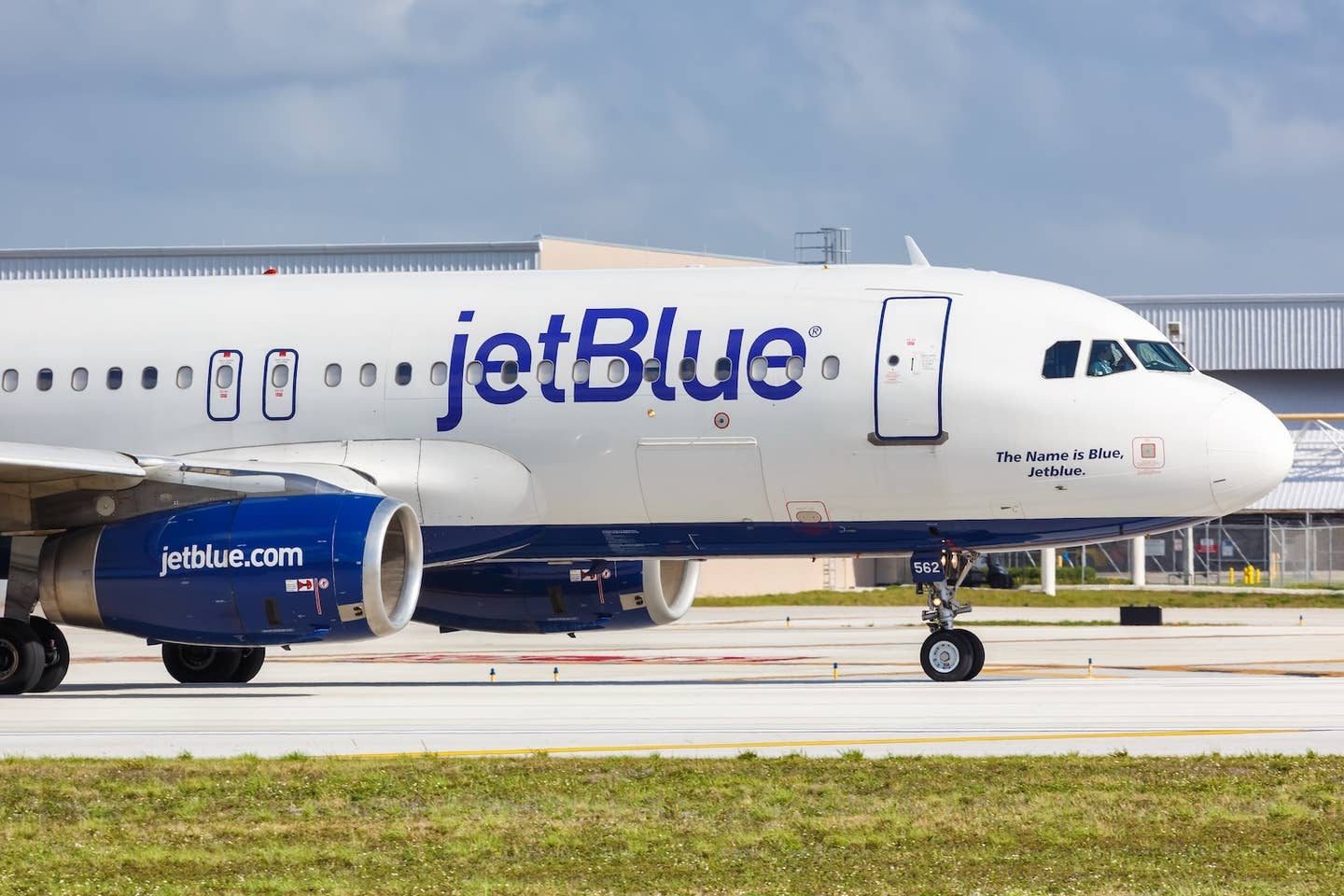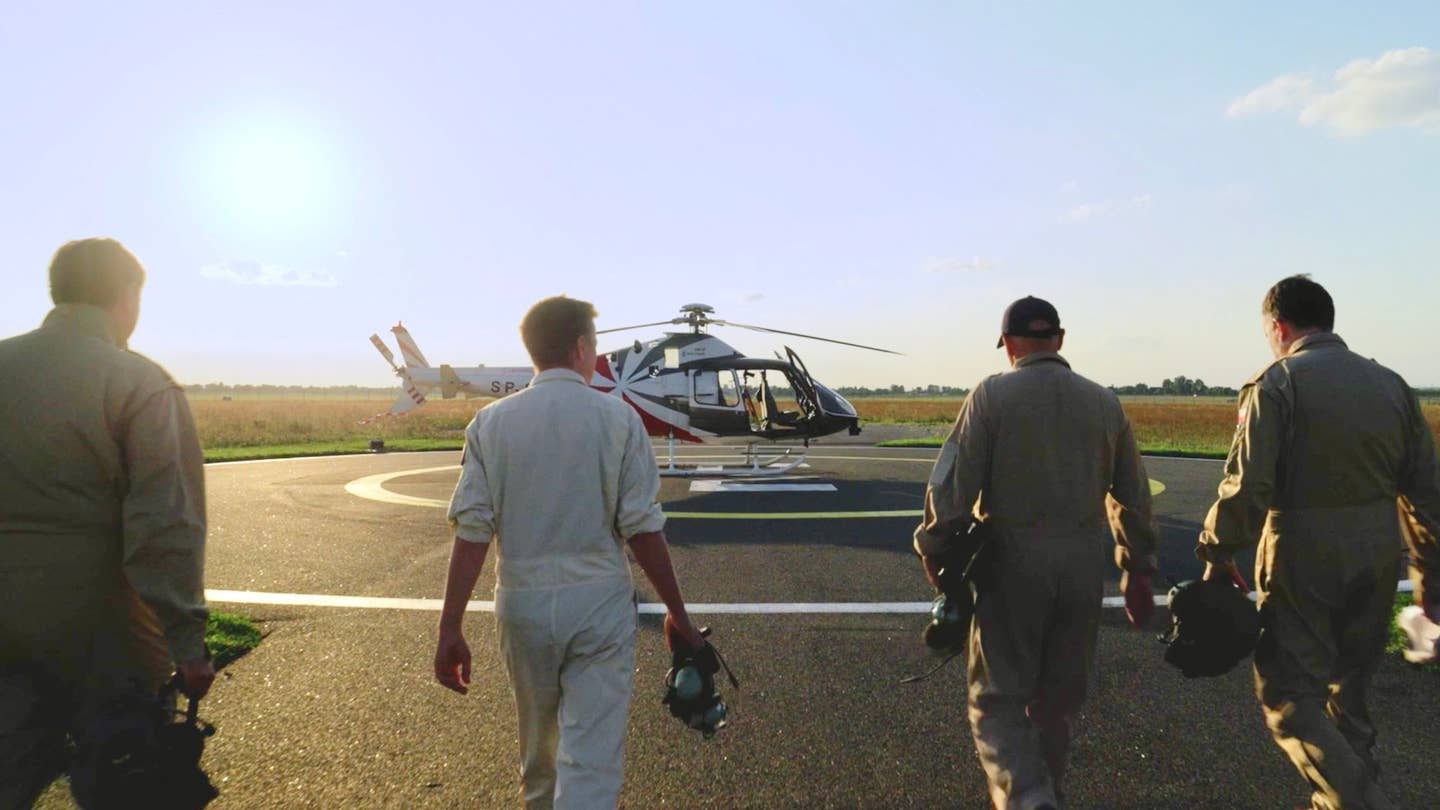
A factory demo pilot travels the world, showcasing airplanes to prospective customers and their representatives. Textron Aviation
A factory demonstration pilot, or “demo” pilot, travels the world, showcasing airplanes to prospective customers and their representatives. Manager of Textron Aviation’s ProOwnership program, Brandy Hearting — herself a former demo pilot for the company’s piston, turboprop and turbine products — hires pilots who may transition into these positions. She explains this exciting career.
What does a factory demonstration pilot’s job entail?
Factory demo pilots familiarize potential customers with an aircraft, primarily in demonstration flights but also at aviation events where the aircraft are displayed. The customer may be a pilot or, if it’s an executive demonstration, sit in the cabin. Executive demos often involve replicating a trip the prospect regularly flies. Demo pilots’ work involves significant travel and may take them anywhere in the world.
Who hires these pilots, and what are the academic and certification requirements?
Every aircraft OEM hires demonstration pilots, a designation that usually appears somewhere on their business cards. A bachelor’s degree is usually required. Among those with aviation degrees, OEMs prefer management and nontechnical degree grads over those with aeronautical science or engineering diplomas, Hearting says. (The latter are more suited for factory test pilot positions.) Pilots must have commercial ratings and all certifications for the platform they operate.
What additional qualities do OEMs look for?
“Customer focus has to be above and beyond what you would anticipate in other flying roles,” Hearting says. “Interpersonal skills are very, very high on the list of considerations. It’s the ability to build relationships with customers.” Also, flight instruction experience “is very valuable,” as it demonstrates an ability to communicate effectively as an educator.
How are demo pilots trained?
Training varies among OEMs, but aspirants usually serve in other piloting functions where they develop knowledge of company products before transitioning to the demo pilot role. Textron has pilot development programs and is currently seeking entry-level pilots — CFIs with 500 hours of flight time — for positions in its single-engine piston group, putting hires on career paths that include demo pilot opportunities.
Are networking opportunities or internships available?
Aviation events where OEMs display aircraft provide great places to network and make contacts. “I encourage folks to attend airshows, NBAA regional events, Sun ’n Fun, and Oshkosh,” Hearting says. “Introduce yourself to the demo pilots and let them know you’re interested in coming to work.”
Major OEMs, Textron included, have internship programs that provide exposure to a variety of functions and are invaluable as stepping stones to employment, which for pilots can include career paths to demo positions.
What are the salaries and advancement options?
Compensation varies widely. The median annual wage for commercial pilots in the U.S. was just over $76,000 in 2015, according to the Bureau of Labor statistics, but the top 10 percent earned more than $148,000. Demo pilots may advance into a variety of management positions, either within flight departments or other areas. These jobs usually involve less flying, but managers typically stay current on some of the company’s products, Hearting says.
See factory pilot career opportunities here.

Sign-up for newsletters & special offers!
Get the latest FLYING stories & special offers delivered directly to your inbox






